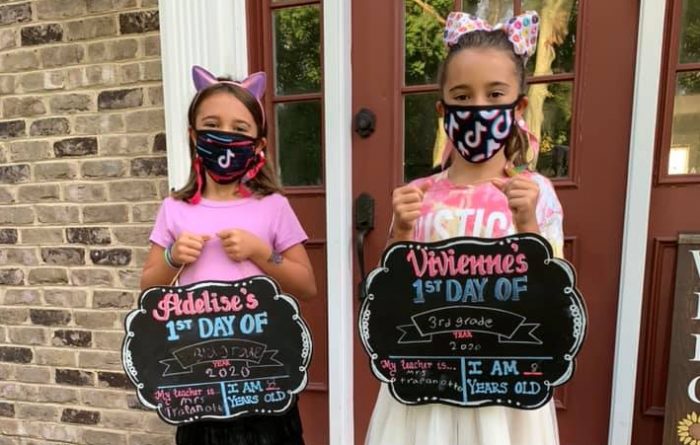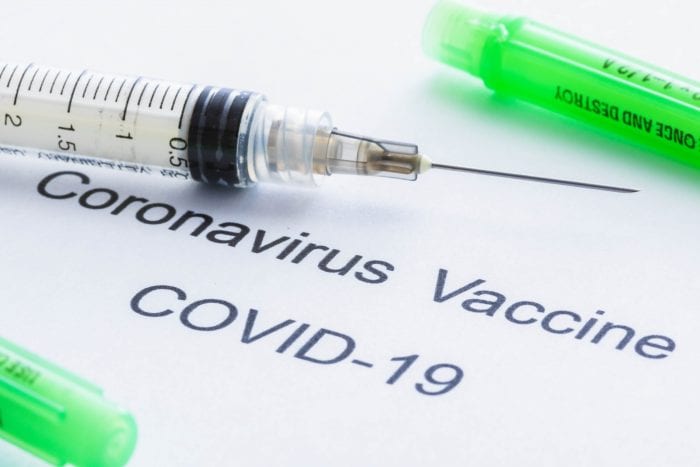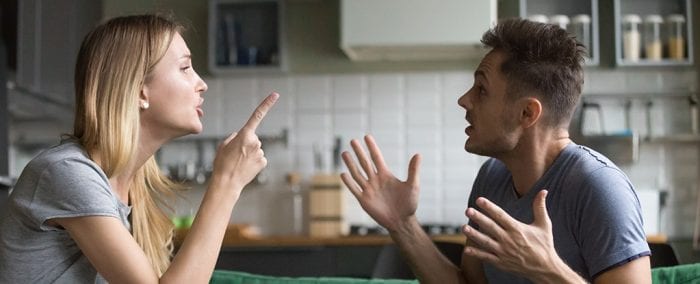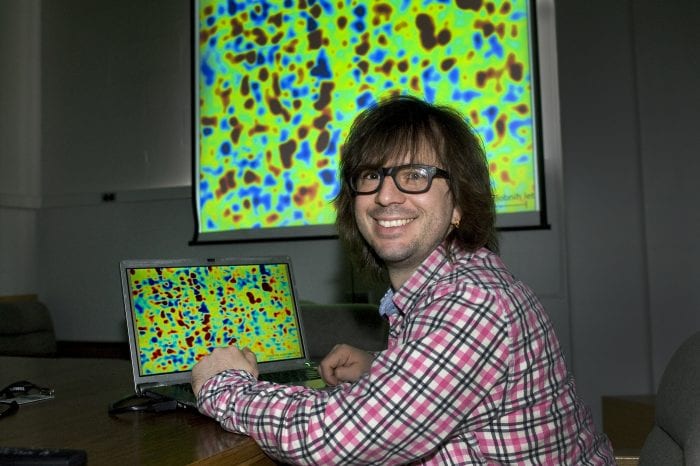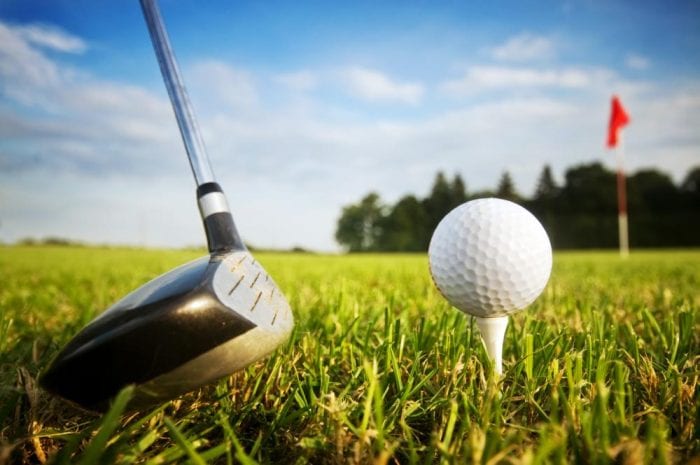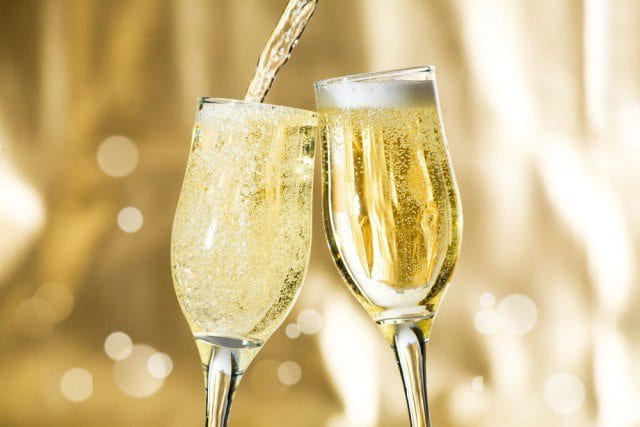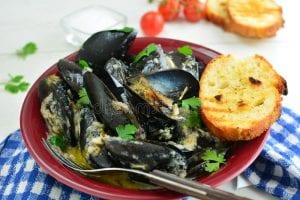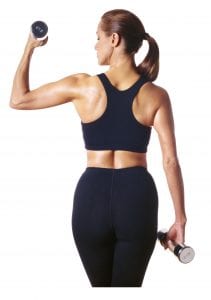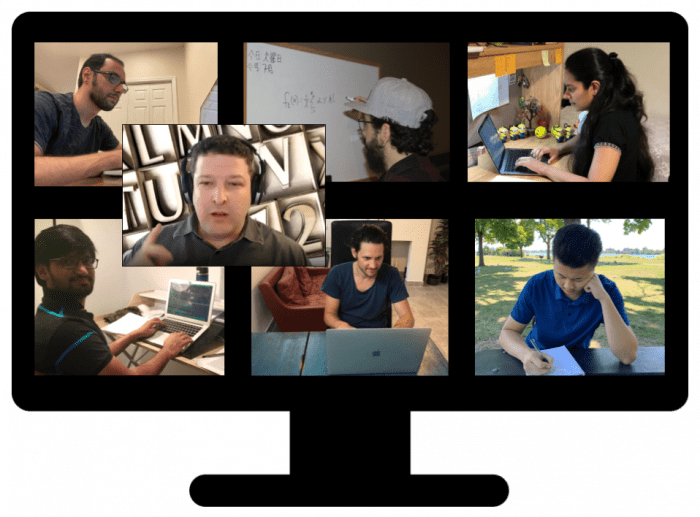Labor Day, back to school, the 19th anniversary of 9/11 — these days had consequences before. But in the midst of an ongoing pandemic, they mean that much more — they have to. They show how it’s no longer enough to be complacent and let the issues these days represent pass us by.
We can’t pass by Labor Day without thinking of the thousands upon thousands of people out of work. We have to remember just how much toil people in our local food pantries and soup kitchens are putting in to help the rising number of food insecure families across Long Island.
We bustle around and shop online for any Labor Day sales ignoring the purpose of the day is to not only celebrate organized labor’s accomplishments in gaining things as welcome as the five-day workweek, but to offer the future hope of additional compensation and relief to the millions who struggle even while working full time, too many times in more than one job.
We have to be able to come out of this pandemic with a new perspective. When those who were considered “essential” such as those who worked in supermarkets or other low-wage service industry jobs were not being compensated for the risk they put both themselves and their families in, we know there needs to be another look at allowing people to make a living wage when working full time.
On Tuesday, most of our North Shore schools reopened for in-person instruction for the first time since March. Parents walked their children to the bus stop, or more than likely drove them to school, with a great feeling of hope but likely some foreboding. Many stood at the bus stop in masks. At schools all across the North Shore, cars waited in long lines before finally letting their kids off, in some cases a faculty member waiting to take their temperature.
This is not going to be easy. Already we’re seeing the logistical issues of how tens or even hundreds of parents will drop off their students all at once. School districts need to iron out these issues, and parents, for their part, need to be patient while that is worked out. Though districts have been planning for this eventuality for months, no plan ever survives first contact, as the saying goes.
But parents must also recognize the fragility of the situation. All it takes is one slip up, one instance where the regional infection rate spikes above 9% and schools will once again shut down, as required by New York State. We can’t relax on any of our mask or distancing efforts, and this especially has to be reinforced to our children. As much as many parents don’t like what school districts have planned, even a hybrid model is better than full remote learning only. We have to think of the parents who work full time and have nobody to be home for their young children to either take care of them or make sure they’re learning properly.
As we look to commemorate 9/11, we see many events hosted by our local fire departments are not available to the public. Some have taken the option to use livestream instead, but fire departments have made the bold and correct decision to try and limit as much extra contact as possible. After all, many of the firefighters and EMTs at these departments were on the front lines not two months ago. They know better than most of us the toll the virus takes.
Let us also not forget the hundreds of people with lasting health impacts of being there when the towers fell 19 years ago. Those people are still around — folks like John Feal of the FealGood Foundation that continue to support rescue workers and other volunteers deserve our respect and backing.
This is a time that reminds us to work together in all these regards. Consequential times require conscientious action, and we believe our communities have the capability to make the right choices.

